Bristol Botanic Garden
And a walk through time
Iris sanguinea in front of The Holmes, University of Bristol Botanic Gardens
Its very easy to get to the University of Bristol Botanic Garden being just thirty minutes on the bus from Bristol City Centre and then a five minute walk from the edge of Durdham Downs, and not far from the magnificent Clifton Suspension Bridge. Usually there is a £9.00 entry fee but by chance I went on a Wednesday which is DAISY (Donate As It Suits You) Day when you can pay what you want.
The gardens only moved to this location in 2005. Their dawning was in 1882 on a bit of Clifton waste-ground adjacent to the University College. One Adolf Leipner, a University Lecturer in Botany, had been given a grant of £15.00 to build a botanic garden, which even then, (probably worth about £2000 now), wouldn’t have gone far. But he managed to raise a further £89.00 and the city’s first botanic garden was created. A few moves later, and the gardens eventually arrived in the four and half acre garden of The Holmes, an Arts and Crafts style house in Stokes Bishop, now used for international student accommodation. It seems that this fairly recent move provided an opportunity to create some really novel attributes for a botanic garden, whilst still maintaining the mission, to educate, to communicate and to conserve, which all botanic gardens adhere to, and to which I would add, to provide a beautiful space for the enjoyment of all.
One of the innovative features of this garden which really stood out for me was the Evolution of Land Plants display. Here a gently winding path bordered by some of the same plants that grew on our planet millions of years ago, takes you through the ages. You learn that the earliest plant-type organisms started in the sea, one of which was called Chara, a floating green-blue algal mat that formed in the Cambrian era, and which is still around 487 million years later.
Much like reptiles, although a million years earlier, plants gradually colonised the land. During the Ordovician period (443 to 487 million years ago), there was an explosion of life including the appearance of simple rootless and veinless bryophytes; spore producing plants like mosses and liverworts. One of my more relaxing jobs at Kew, although some thought it tedious, was to peel off liverwort from the rocks in the Tropical Fern house. This strange blue-green speckled creeping plant, not quite lichen or fungal, but not a true moss either, runs amok so fast it can quickly colonise the whole glasshouse if not kept under tight rein.
Here in Bristol, ferns, mosses and Equisetums, (Horsetails) encroach on you, much as they would have millions of years ago; great for children imagining dinosaurs coming crashing through the forest.
Equisetum hyemale
Although Equisetum (In Latin, Equis = Horse and Setem = bristle), is now the only living genus in this family of vascular plants> But in the Paleozoic forests there were hundreds of different genus from this family, including 100 foot tall Equisetid trees, with towering and broad sectioned stems, which may seem bizarre to us who are used to trees with woody trunks. Scottish mathematician and physicist, John Napier, was inspired to invent logarithms by his study of the pattern of the Horsetail stems and in particular the way that the sections get smaller towards the growing apex. Thus the basis of computer science comes from this simple, ancient plant, which is often treated as an annoying weed. Although despite centuries of use in traditional medicine, there is absolutely no evidence that Equisetum has any medicinal properties but they do contain silica which is a useful cleaning agent.
People often refer to these plants as Mare’s tail, but that is an altogether different plant, called Hippuris; a flowering plant also known as Bottlebrush that arrived much later on the planet.
From the Ordovician period you walk through to the Silurian Period (443 to 419 MYA) which is when the first land plants to be fossilised emerged. Mosses and clubmosses, which are quite simple plants in that they have no roots or veins, were joined by the now extinct genus of primitive Cooksonias, one of the earliest vascular plants, and Lycopodiums.
In the Devonian period there are Selaginella. I helped looked after the enormous collection of these primitive plants at Kew but had never seen them in the wild until I visited Laos. Known as fern allies, but with a moss-like appearance, there is only one genus in this family, but more than 700 species. They really are quite extraordinary with their scale like leaves. Some species of Selaginella are poikilohydric which means that they are able to survive dehydration by rolling up into brown balls and looking completely dead, but with a little water are able to rehydrate, green up and grow once more. Thus they are often known as Resurrection plants. I bought one for my eldest son when he was small for Christmas, and many years later when clearing out his room, I found it back in its box and so I thought I would test out its resilience; sure enough it turned from a brown wiry mess to a leafy green ball once again.
Ferns and lichens in the Devonian Period
The forests of the Carboniferous period (325 to 299 MYA) appear more familiar dominated by shiny, dark green fronds of Dicksonia antartcicas (Tree Ferns) with their soft, rusty red trunks, which however have no woody tissue. This is one of my favourite ferns. In the 1980’s it was unusual to see these in Britain outside of a botanic garden, but now they are common, especially in the more salubrious gardens of the country, and ideal for a warmish, north-facing basement courtyard.
Dicksonia antarctica (Tree Ferns) in the Evolution Collection
As you stroll along this trail of giant horsetails, spiky Cycads and graceful Ginkgos, you have to imagine that you are stomping through a swampy, humid forest which also had ancient lycophytes, such as Lepidodendron, which were treelike and, akin to the giant Equisetum trees, reached about 100 meters. You would need to be on the lookout for residents such as the Athropleura, an 8 foot long, 20 inch wide millipede, the largest invertebrate of all time. This period was named the Carboniferous Period by the British because of the rich deposits of coal in the UK which came from the carbon that was stored in plants such as the Equisetum trees. Amazing to think how these few plants have had such a significant societal impact.
You then move walk into the Triassic period (252-201 MYA) where we see more familiar trees such as Araucaria araucana (Monkey Puzzle), and the trees known as ‘living fossils,’ Ginkgo biloba and Wollemi nobilis, because they are known from fossil records. The Jurassic period (201-143 MYA) was when, along with many of the conifers that are familiar to us today, the first flowering plants evolved. However, it wasn’t until the Cretaceous period (only 143 -66 MYA!) when the angiosperms, as flowering plants are known, some of which were thought to resemble Magnolias, really took off, spreading far and wide.
The information boards are both fabulously informative and fun on this stroll incorporating both botany, palaeontology and evolutionary biology. Indeed I was fortunate enough to be introduced to, Andy Winfield, one of those responsible for all this impressive signage who had moved here with the gardens. He also had a wealth of information about the history of the house and explained to me that in World War Two it had been the HQ of the American General Staff.
Andy Winfield of Bristol Botanic Garden
Indeed the flowering plants in the rest of the garden were also wonderful. I was here in early June, always a particularly favourite month for horticulturalists as the variety of colour, shape and the emergence of new leaves is all just so fabulously vibrant. A mass of electric, cerulean blue Irises, (Iris sanguinea) bordered the central pond and the little poached-egg type plants, Cistus salviifolius, shone in the sunshine along with Phlomis fructicosa with their soft oval leaves and bright yellow trumpet bell flowers, whilst a bed of blood red poppies were scattered amongst delicate white daisies.
Another innovative area here is the monastic style Medicine Garden. Enclosed by native mixed hedging it is divided into segments like a large cake, each slice of which is devoted to plants used to treat particular ailments by different ethnic societies. So there is a Liver bed, an Ear, Nose and Throat bed, a bed for the nervous system, one for heart and circulation, one for skin and a slice for digestion, and those were just a few amongst many. Known as ethnopharmacology, we learn that 40% of all drugs now utilized in modern medicine have their origins directly from herbs used in traditional remedies. There is Artemisia annua which treats Malaria, and Scutellaria baicalensis which contains a potent active agent, Baicalein, which is employed to help fight pancreatic cancer cells. I read about the benefits of Japanese Knotweed (Reynoutria japonica) which can bring down the price of your house if you have it in your garden, but in Chinese medicine is used to treat jaundice, high blood pressure and bronchitis, is anti-inflammatory and has anti-bacterial action as well as helps to reduce cholesterol. Perhaps it should increase the price of your house for all that.
Plants to help fight infection and boost the immune system, The Medicine Garden
Bristol Botanic Garden also has the largest collection of traditional Chinese medicinal herbs in the UK and the Chinese Medicinal Herb Garden is designed like a classical garden of Sughou-China from a thousand years ago. It is a living pharmacy and here I learned that 80% of the world’s population use herbal medicine as the basis of their primary health and that in China alone there are 5000 plants that are used for pharmaceutical purposes. I have come across quite a few new Chinese gardens in British public spaces recently, all of which are partly or wholly funded by China, as is this one, which has become a ‘sister-city’ with Guangzhou, a relationship which is said to emphasise agreements to strengthen sustainable urbanisation and environmental issues. I am sure this particular garden may also help some of the new international students staying in the The Holmes student accommodation feel at home.
Entrance to the Chinese Medical Garden
They had a beautiful collection of Tree Peonies here which, along with the Lotus flower are one of the most revered flowers in China. These tree-like plants differ from the herbaceous Peonies, which we in the UK are more familiar with. However, the Chinese also revere their herbaceous cousins for their tubers which contain useful blood thinning compounds.
Peony Mudan Group ‘Shimane Hakagan’ (Tree Peony) in the Chinese Medical Garden
In the glasshouses there is also the UK’s largest collection of the sacred Chinese Lotus flowers. Not exactly the centrepiece of this garden, the glasshouses are hidden away but are nonetheless a lush world of exotica and interest. They are divided into four climatic zones, and throughout is a focus on how plants have adapted to their environment, a theme that runs right through this botanic garden. For example, it is explained how cacti have evolved fat stems for water storage and thorns to deter predators, whilst the silver-white hairs of Stachys byzantina help keep the plant cool by reflecting light.
Back outside, another fascinating section was an area focusing on plant pollinators which included some unusual examples including the possum pollinated Banksia serrata, and Ensete lasiocarpum which is pollinated by a Chinese bat. You forget that plants are pollinated by creatures other than insects. No possums or Chinese bats here but plenty of insects.
Bee on Baptisia australis (Blue False Indigo)
Finally, one of my favourite parts of this lovely garden was a conservation bed devoted to the rare plants of the local vicinity, including those from Clifton Gorge. Here some species evolved to cope with their specific unusual environment on the deep cliffs, these plants are endemic to this small area which means that they are not found anywhere else in the world. These include Sorbus bristoliensis (Bristol Whitebeam) which like all whitebeams has a white and hairy underside to the leaf. Indeed I learned that the Avon Gorge has the greatest diversity of Whitebeams in the world with 21 different species here. There was also Allium sphaerocephalon (the Bristol Onion), Bristol Rock-cress and White Rock-rose.
There was also some very rare plants which only grow in North Somerset such as Carex depauperata (Starved Wood Sedge) and Dianthus gratianopoltianus (Cheddar Pink). The latter is only found on the thin calcareous soils of nearby Cheddar Gorge.
Dianthus gratianopoltianus (Cheddar Pink) which grows on Cheddar Gorge
The following day I drove down to Cheddar gorge and scrambled up the scree to see if I could spot any Cheddar Pinks. It started to become a little too vertiginous so I didn’t pursue my hunt but instead crouched up there for a while enjoying the view alongside some nice brown goats. It was almost like being in the Mediterranean.
Cheddar Gorge
Goat on Cheddar gorge
For me, Bristol Botanic Garden has many unique features and so much of interest, it really does feel like they have managed to fully engage with everything a botanic garden should; despite it being a relatively small space they are educational and conservation-minded and have created a beautiful relaxing space. And to finish off there is very atmospheric cafe with dark panelled walls, named after General Devers, or was it Eisenhower, which of course made sense to me when I recalled that this had been a US base. In any event, there was fabulous coffee and cakes.
The cafe in The Holmes, Bristol Botanic Garden
A fine end to a morning out and a great start before a walk down to the nearby Clifton gorge to watch the kestrels swooping down amongst the Whitebeams.
Clifton Suspension Bridge over the gorge which hosts more species of Whitebeam than anywhere else in the world
Kestrel over Avon Gorge



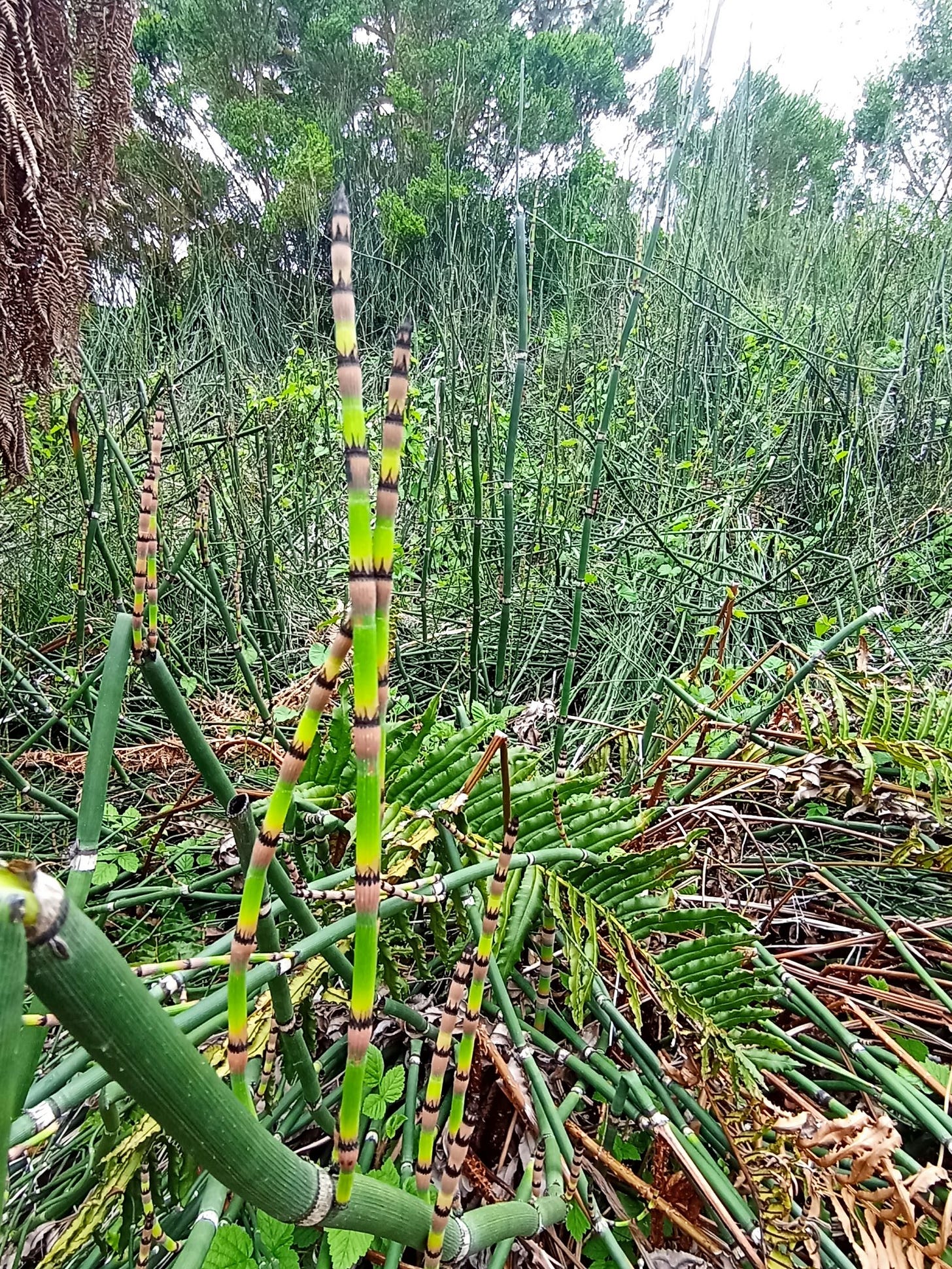

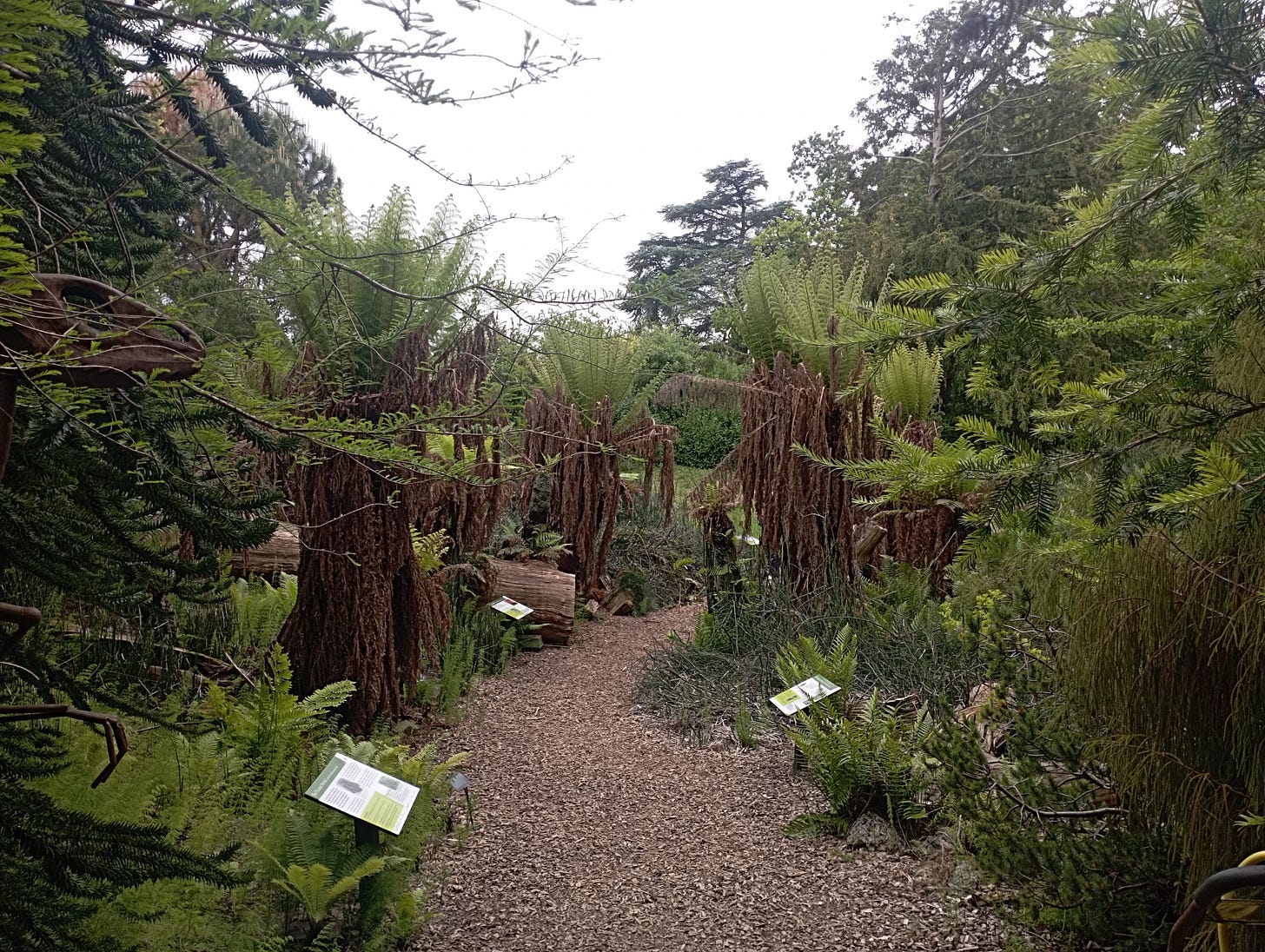
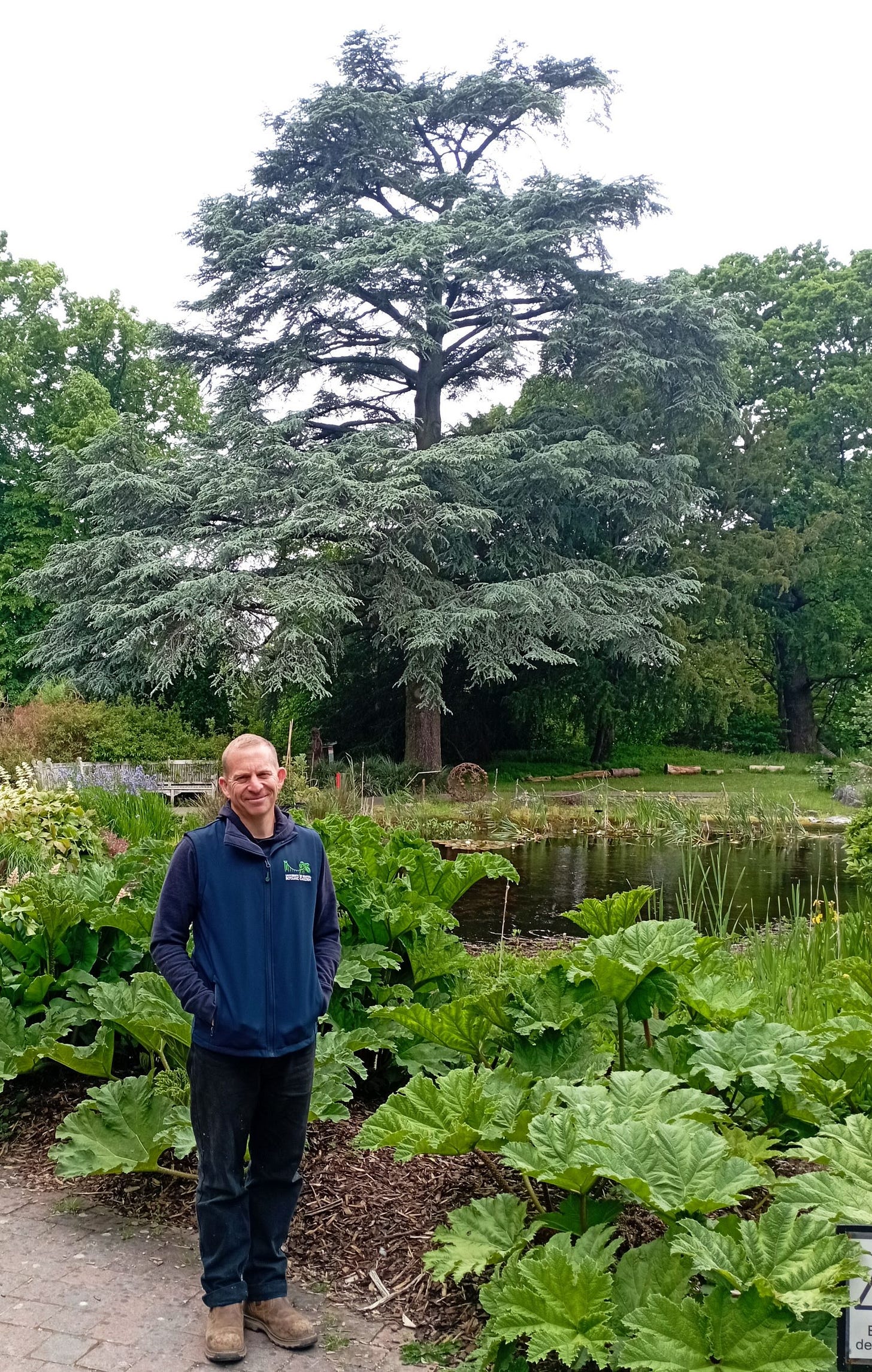




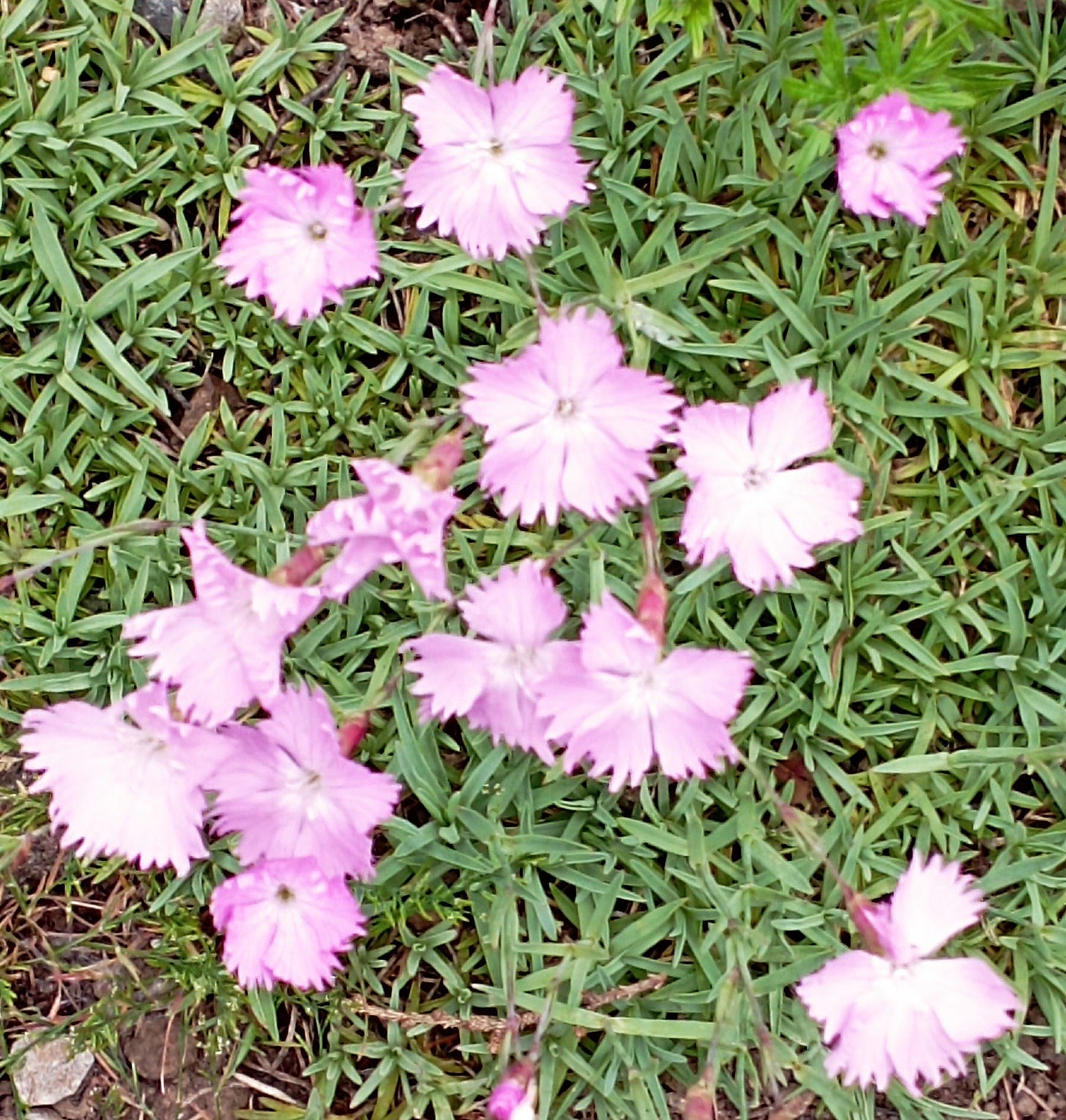
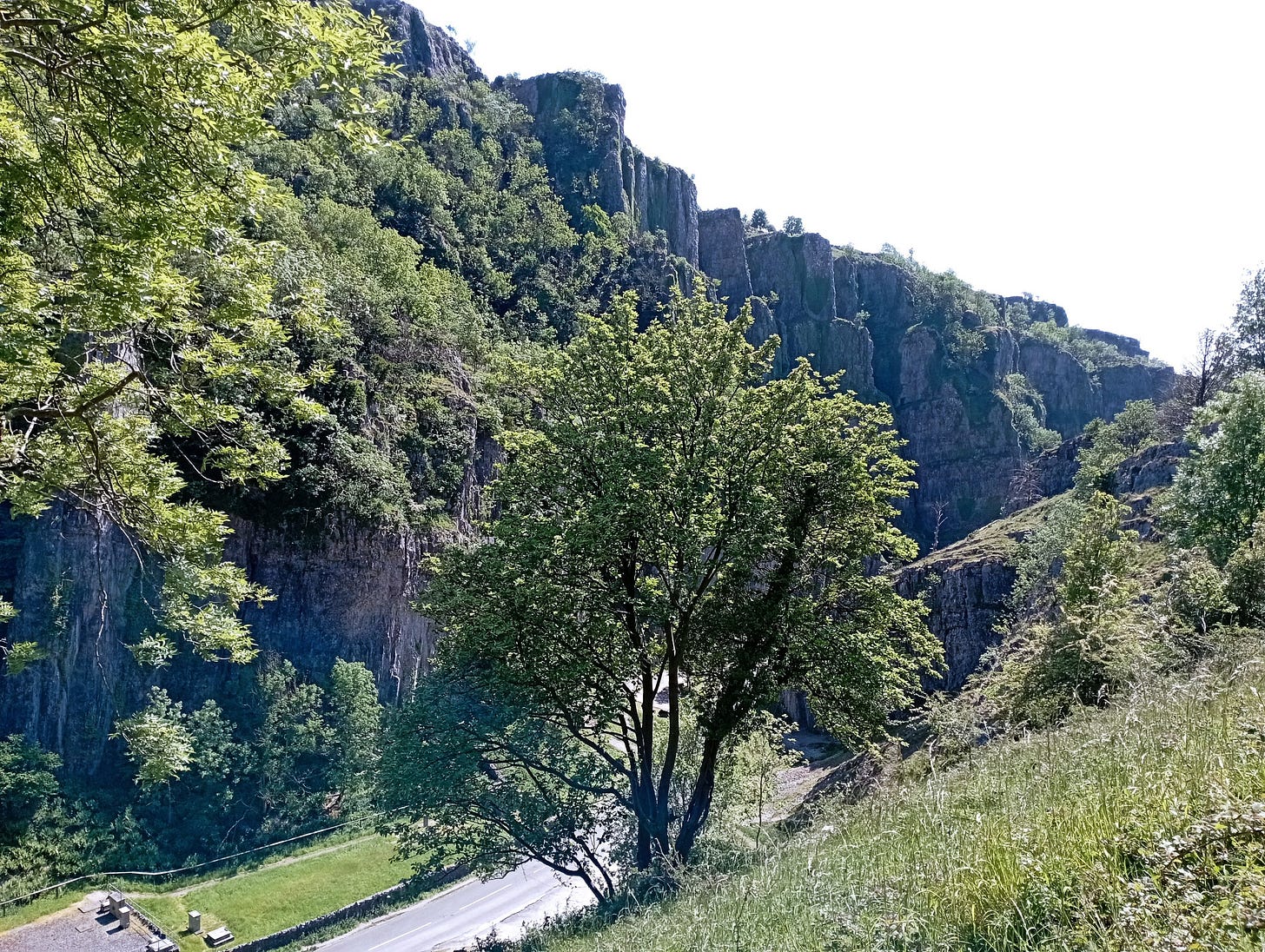




As ever, a beautiful evocative piece that made me (on this wet November day) want to walk through sunshine in a lovely garden.